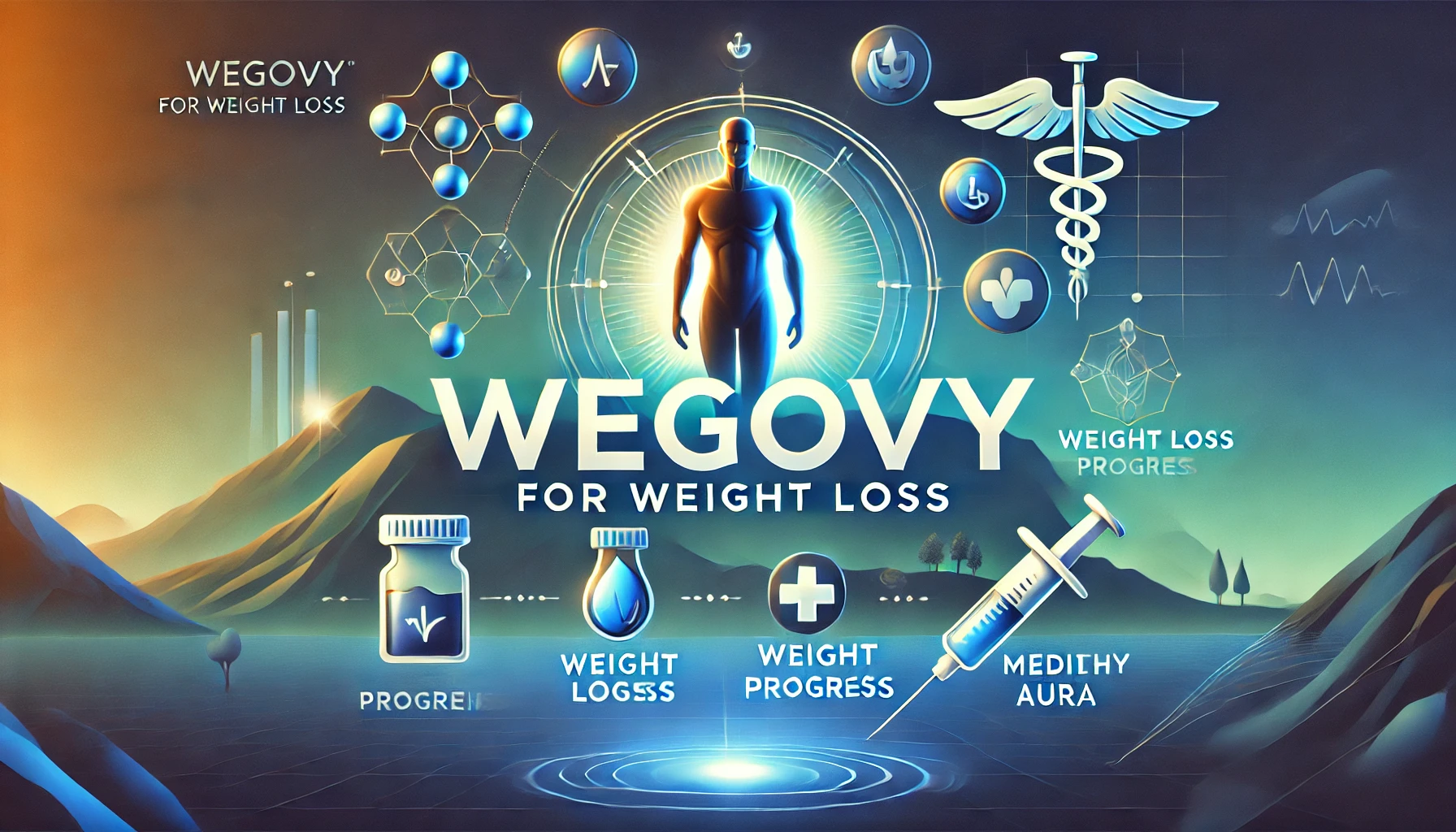Nearsightedness is diagnosed when you can see close objects clearly, but distant objects appear blurry. Also known as myopia, nearsightedness occurs due to a refractive error caused by an elongated eyeball or misshapen cornea. The condition is linked to genetics and environmental factors and requires a visit to an optometrist to slow myopic progression. Here are five signs of nearsightedness:
1. Difficulty Seeing Distant Objects
The primary symptom of nearsightedness is blurry vision when viewing things from a distance. You may find it difficult to focus on distant objects like road signs, television screens, and whiteboards. The objects may appear blurry or out of focus while nearby items remain in sharp focus. Nearsightedness is a progressive condition, so your vision gradually worsens without management.
You should see an optometrist as soon as you notice a difficulty that wasn’t previously there. In children, look for signs like sitting too close to the television or computer screen, or rubbing their eyes frequently. The child may also seem unaware of objects in the distance or have difficulty seeing a screen or whiteboard in the classroom. Other signs include holding books or other objects closer to the face to see them.
2. Increased Squinting and Strain
The effort required to focus on distant objects when you’re nearsighted can lead to eye strain. You may experience eye strain or headaches after trying to focus on distant items. The discomfort stems from your eyes working harder to compensate for the blurry vision.
Myopia also causes you to squint more often when looking at faraway objects. Squinting temporarily improves your focus because it reduces the amount of light entering your eye. Children may also rub their eyes, blink excessively, or struggle with sports. Athletic performance and sports involve assessing distant objects like balls, posts, flags, marks, and opponents. Myopia makes it strenuous to focus on such items, so the child may lose interest in sports. Such signs require a comprehensive exam for early diagnosis and treatment to prevent potential vision problems.
3. Difficulty Driving at Night
Driving usually requires looking at nearby and faraway objects, including reading street and store signs. If you experience difficulty seeing while driving, especially at night, you should see an eye doctor for further evaluation. You may have night myopia, where headlights, road marks, and other objects appear fuzzy or blurry.
Night myopia involves difficulty seeing in dim light, even if you have clear daytime vision. The condition may be caused by other eye issues like cataracts, especially in older people. Get an eye exam to rule out or address other issues and reduce the risk of road accidents. Nearsightedness can also lead to fatigue when driving because of the increased effort it takes to look at faraway objects.
4. Frequently Changing Your Prescription
Nearsightedness can be corrected using prescription glasses and contact lenses. Annual changes and fittings are normal, but nearsightedness can progress much faster. If your prescription for corrective lenses changes more frequently than once a year, it could signal progressive myopia. Schedule regular exams to monitor changes in your vision and determine if the underlying symptoms are related to myopia. Your eye doctor can perform early correction to slow down the progression and manage symptoms.
5. Improved Vision With Closed Eyes
The symptoms of nearsightedness are caused by refractive errors and linked to the amount of light entering your eyes. Squinting, blinking, and closing one eye reduces the light, resulting in temporary relief. If closing one eye improves your focus or reduces double vision when looking at distant objects, get checked for nearsightedness. You should also get checked for conditions like convergence insufficiency and double vision. Such conditions are known to improve when you close one eye.
See an Experienced Optometrist Today
Nearsightedness shares symptoms with many other eye conditions. You should see a professional for a comprehensive evaluation and treatment solutions. Speak to an experienced optometrist today to learn more about the condition, its symptoms, and treatment options.
- mylovelyfurryfriend discover expert tips on dog health
- Infectious Diseases Updates – Stay Informed, Stay Protected!
- Wegovy For Weight Loss – A Breakthrough in Managing Obesity!
- Emergency Medicine Forum – A Hub for Fast-Paced Knowledge, Support & Updates!
- Pediatrics Discussions – Insights, Challenges, and Expert Advice for Better Child Health!





Leave a Reply